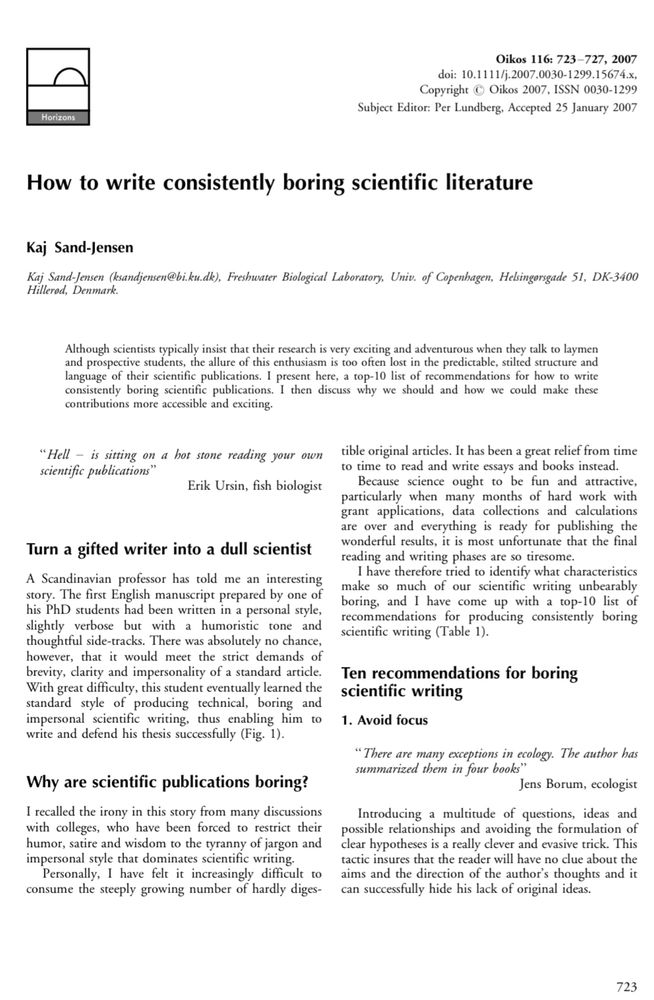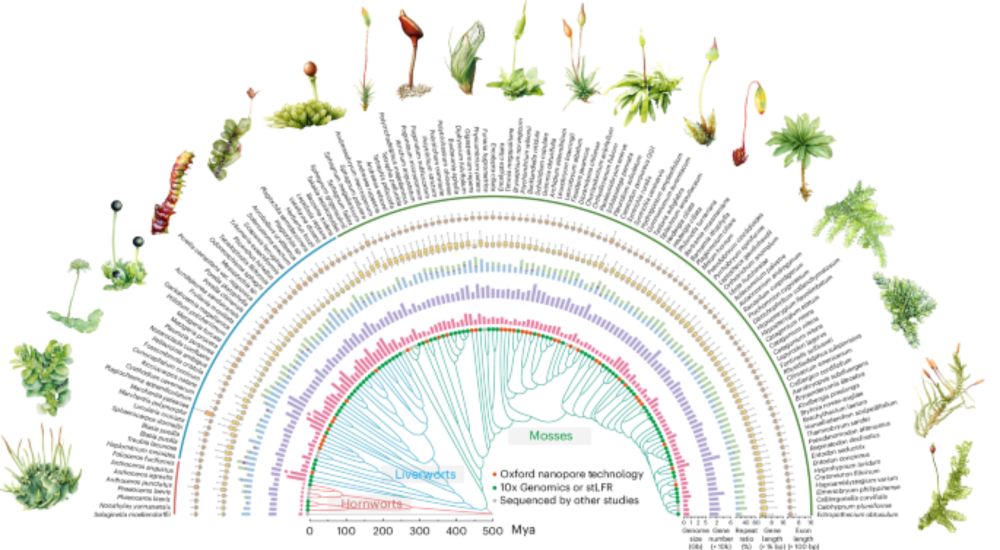David Hoey
@davidjhoey.bsky.social
300 followers
410 following
15 posts
Postdoc in Molecular Palaeobotany and Evolution Group @ Uni of Edinburgh. Working on bryophytes and lycophytes, interested in environmental signalling and evolutionary transitions. 🌱🍀🏴
Posts
Media
Videos
Starter Packs
Reposted by David Hoey
Reposted by David Hoey
Reposted by David Hoey
Reposted by David Hoey
Reposted by David Hoey
Reposted by David Hoey
Reposted by David Hoey
Reposted by David Hoey
Reposted by David Hoey
David Hoey
@davidjhoey.bsky.social
· Sep 5
Reposted by David Hoey
Dolf Weijers
@dolfweijers.bsky.social
· Sep 5
Reposted by David Hoey
Ronald Pierik
@ronaldpierik.bsky.social
· Aug 28
New paper: Gibberellins are long-distance regulators of shoot-to-root signalling of the light environment
Our latest paper ( published online in Plant Cell, shows that Gibberellins are involved in long-distance signalling of phytochrome-sensed light signals all the way in to the roots that are not light-exposed but still respond to light quality changes. We think that not only the precursor GA12, but also bioactive GA4 is shoot-to-root mobile. The work was led by former postdoc…
plantphotobiology.com
Reposted by David Hoey
















